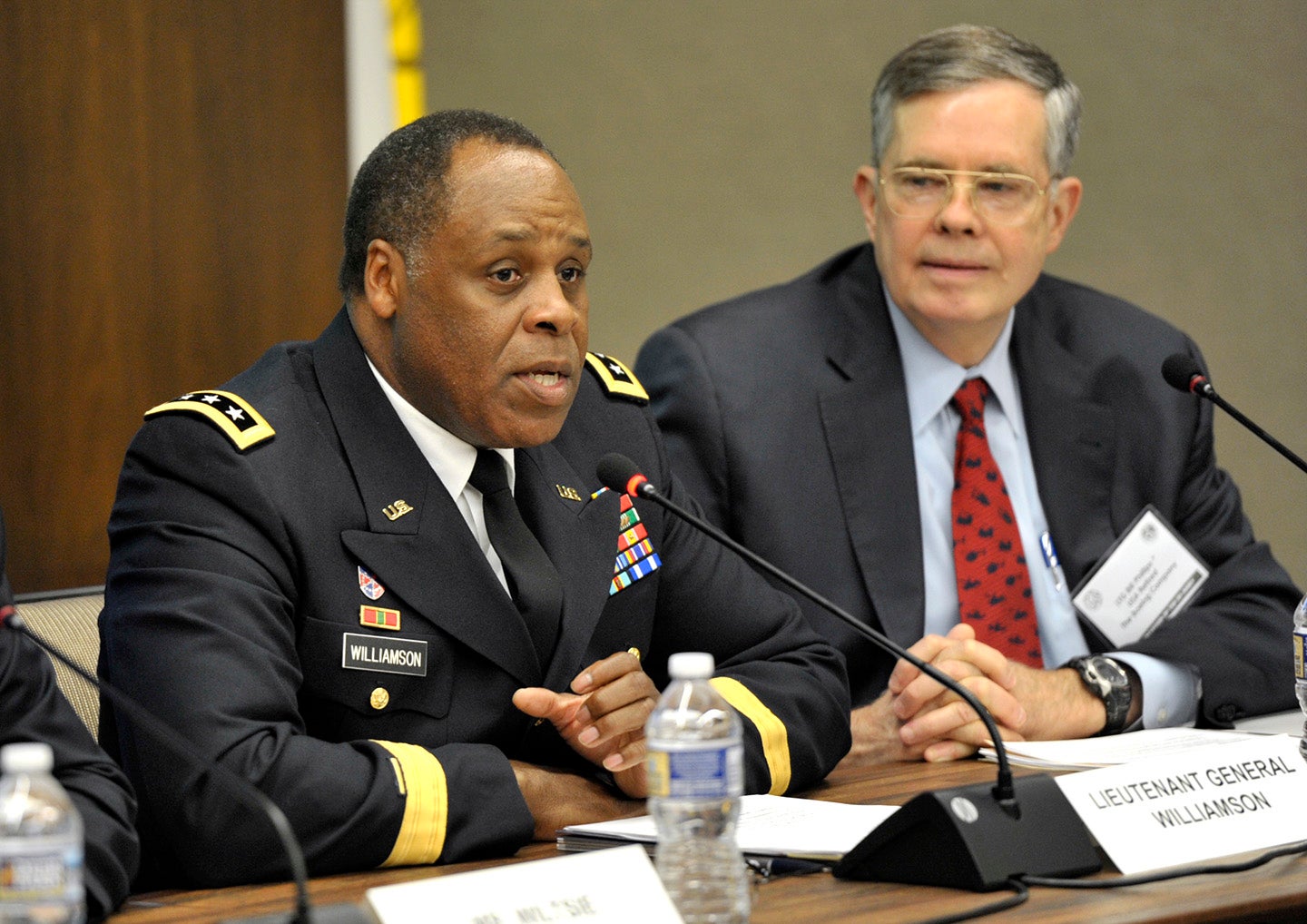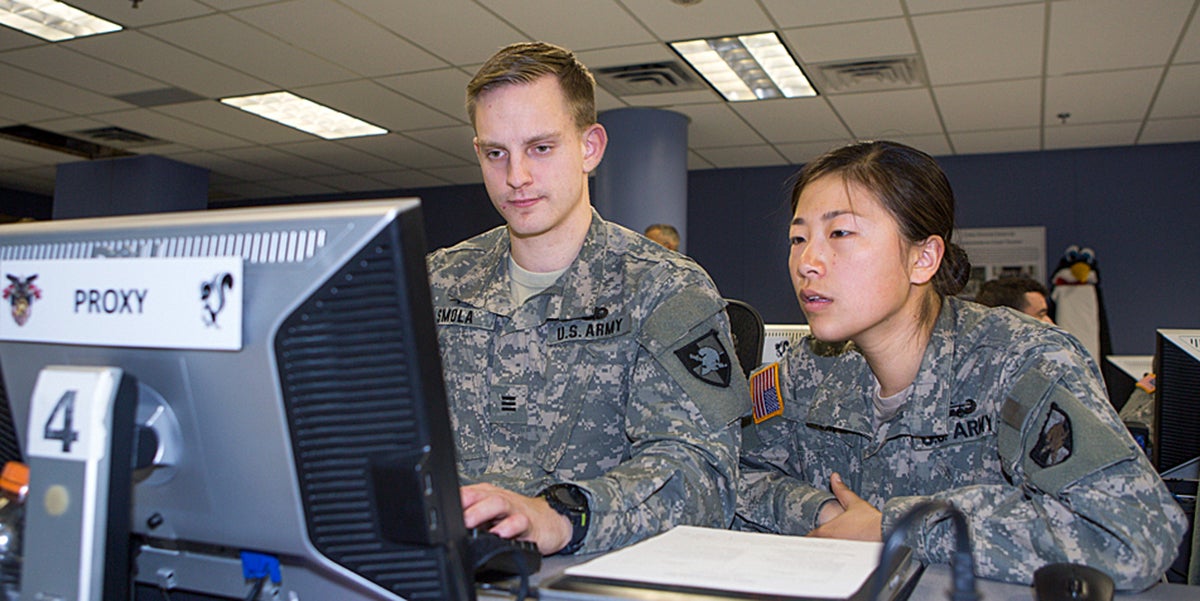Essential – Robust Army network not vulnerable to cyber attack
Essential – Robust Army network not vulnerable to cyber attack
Despite budget cuts, network acquisition and modernization must remain key aspects of readiness – the Army’s number one priority.
“You can’t have a ready Army unless you have a network that’s resilient, available and meeting the needs of the warfighters who engage with the network every day,” said Lt. Gen. William Phillips, USA, Ret., vice president of Army/SOF Field Marketing for The Boeing Company.
His comments came during a panel discussion titled “Readiness across the Acquisition and Industry Communities” during a Hot Topic forum on Army networks held at the national headquarters of the Association of the U.S. Army.
Lt. Gen. Michael Williamson, the principal military deputy to the assistant secretary of the Army for acquisition, logistics and technology, agreed with Phillips, saying, “We know that the Army must maintain a robust network that is not vulnerable to cyber attack.”
That network also has to provide the ability to connect to the joint force and coalition partners, with “interoperability baked in from the beginning,” Williamson said.
It’s important to remember that the network is a critical enabler for all the other domains in the Army, said Henry Muller, director of the Army’s Communications-Electronics Research, Development and Engineering Center (CERDEC).
“It’s really impossible to talk about an aircraft, a tank, a vehicle, or a soldier that doesn’t possess some form of networking capability to communicate with the rest of the force,” Muller said.
This means that the Army must be prepared to rapidly deploy robust tactical networks across the globe, he said, and they have to be able to operate in complex and congested environments.
Williamson said that one obstacle is “the rate of change from commercial electronics, and the need for innovative ways to bring new capabilities in quickly from industry given the budget constraints that we have. It continues to be problematic.”
Adding, “The pace of innovation in information technology is increasing our adversaries’ ability to influence our operating environment,” noting that the average time to obsolescence for some devices is as little as 24 months, and keeping up with the frantic pace creates challenges for the Army procurement system.
To address these issues, Williamson said future Army systems “will require significantly smarter network architectures,” where subsystems can be quickly swapped out and replaced for higher performance and capacity.
He compared the future “more modular” Army network to a home desktop computer, “where memory, video, and other special-purpose hardware cards can be added to increase performance.”
With the emerging threats in Europe, modernization is taking center stage.
“Russia’s invasion of the Ukraine has provided insight into Moscow’s significant modernization efforts, and the combination of unmanned aircraft, offensive cyber operations, and advanced electronic warfare capabilities depicts a high degree of sophistication,” Williamson said.
He emphasized that U.S. Army modernization efforts are a critical component of readiness.
“When the Army chief of staff talks about readiness, it’s more than just the training piece,” Williamson said. “It includes providing the warfighter with the most modern technologies available.”
Funding constraints have forced the Army to be selective about modernizing equipment, “to counter our adversaries’ most significant technological advances,” Williamson said.
Key investments to support the network include the Warfighter Information Network-Tactical, or WIN-T, assured positioning, navigation and timing, and upgraded communications security, he said.



